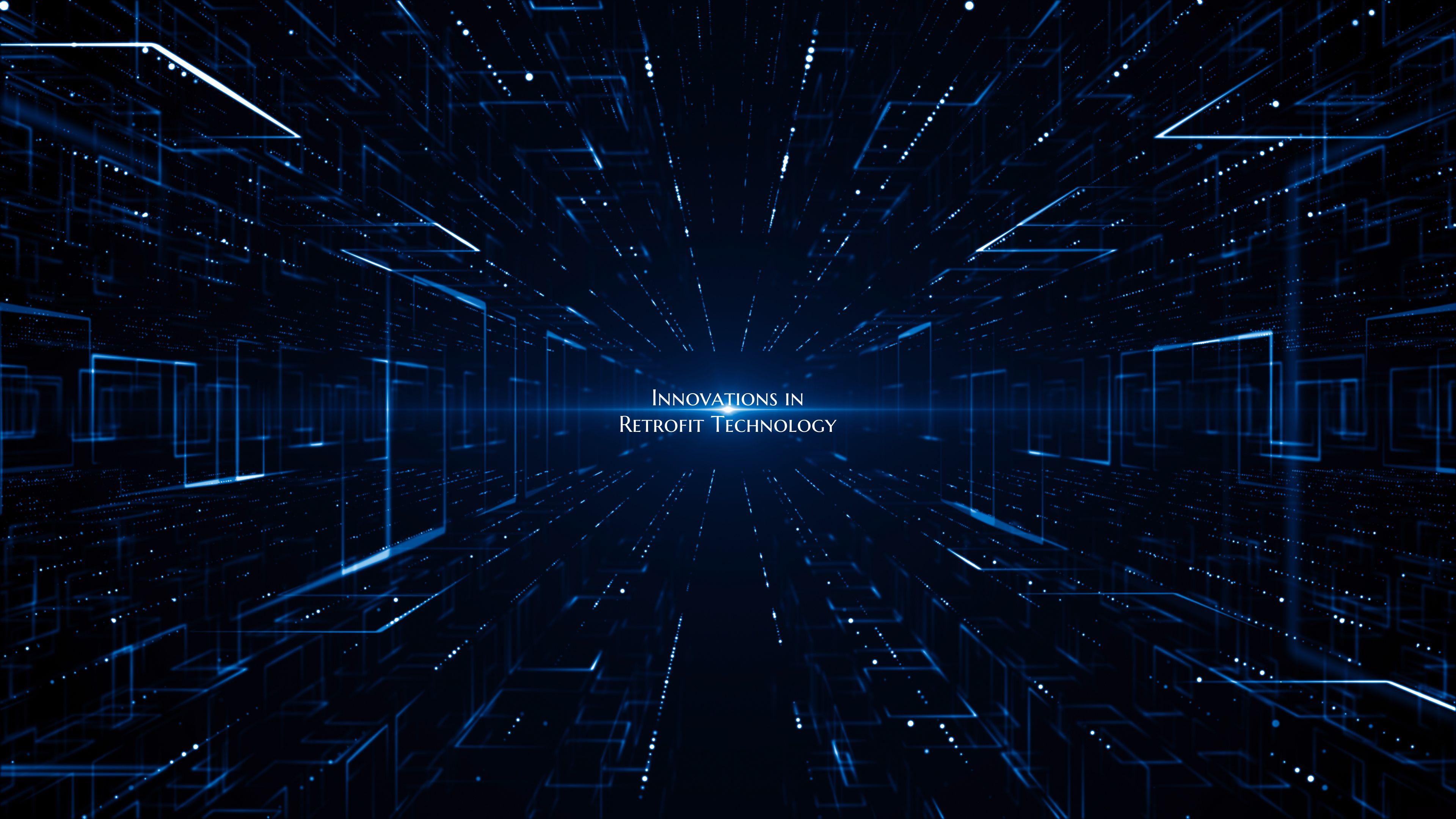Innovations in Retrofit Technology
Retrofit technology has undergone significant advancements in recent years, revolutionizing the way we upgrade existing systems and facilities to enhance performance, energy efficiency, and sustainability. These innovations have paved the way for cost-effective and environmentally friendly solutions that help businesses and homeowners meet their needs without the need for complete overhauls. Let's delve into some of the key innovations in retrofit technology that are shaping the future of the industry.
1. Smart Sensors and Automation: One of the most exciting innovations in retrofit technology is the integration of smart sensors and automation systems. These technologies allow for real-time monitoring and control of various building systems, such as HVAC, lighting, and security, to optimize energy consumption and improve overall operational efficiency. By retrofitting buildings with these smart technologies, businesses can achieve significant cost savings and reduce their environmental footprint.
2. Energy-Efficient Lighting Solutions: Lighting accounts for a significant portion of a building's energy consumption. With the development of energy-efficient LED lighting solutions, retrofitting existing lighting systems has become a cost-effective way to improve energy efficiency and reduce electricity bills. LED technology not only consumes less energy but also has a longer lifespan, reducing maintenance costs for building owners.
3. Insulation and Air Sealing Upgrades: Retrofitting buildings with improved insulation and air sealing technologies is essential for enhancing energy efficiency and indoor comfort. Advanced insulation materials, such as spray foam and cellulose, can be retrofitted into walls, roofs, and floors to reduce heat loss and air leakage. These upgrades not only improve energy efficiency but also create a more comfortable and healthier indoor environment for occupants.
4. Renewable Energy Integration: Retrofit technology has made it easier for buildings to incorporate renewable energy sources, such as solar panels and wind turbines, into their existing infrastructure. By retrofitting buildings with renewable energy systems, businesses can reduce their reliance on traditional energy sources, lower operating costs, and decrease their carbon footprint. Additionally, advancements in energy storage technologies have made it possible to store excess energy generated from renewables for use during periods of high demand.
5. Data Analytics and Building Management Systems: Retrofit technology has leveraged advancements in data analytics and building management systems to optimize building performance and energy efficiency. By retrofitting buildings with intelligent software platforms, facility managers can analyze data in real-time, identify energy-saving opportunities, and implement automated solutions to improve overall building operations. These systems provide valuable insights into energy usage patterns, equipment performance, and occupant behavior, enabling businesses to make informed decisions to enhance building performance.
In conclusion, innovations in retrofit technology are transforming the way we upgrade existing buildings and systems to meet the demands of a rapidly evolving world. From smart sensors and automation to energy-efficient lighting solutions and renewable energy integration, these advancements are enabling businesses and homeowners to achieve sustainable, cost-effective, and environmentally friendly retrofits. By embracing these innovations, we can create buildings that are not only efficient and resilient but also comfortable and safe for occupants.

